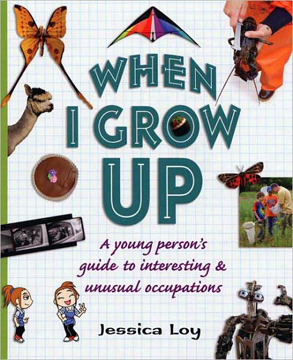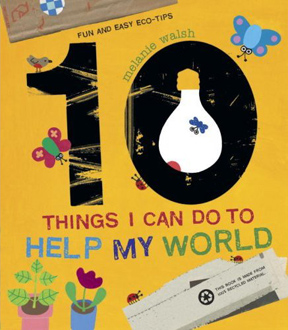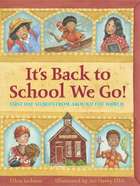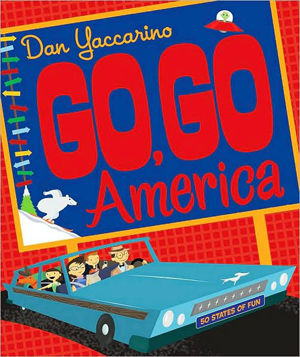
Have you ever wondered how many different ways you can measure a dog? Measuring Penny by Loreen Leedy offers a great way to introduce students to measurement while discovering 14 different ways to measure a pet. At the beginning of Measuring Penny, Mr. Jayson gives his students a homework assignment: “Choose something to measure and measure it in as many ways as you can…Use your imagination.” Lisa chooses to measure her dog, Penny. She and Penny go to the park, where they find plenty of other dogs to measure as well. Although the only “real” measurement tool that Lisa has brought to the park is a ruler, she finds many other creative ways to measure the dogs. Lisa’s measurements of Penny and the other dogs include:
- the length of their noses, measured in inches
- the length of their tails, measured in dog biscuits
- the length of their ears, measured with cotton swabs
- the width of their paw prints, measured in centimeters
- their height, measured in inches
- how high they can jump, measured with Lisa’s body
- their comparative weights, measured with seesaws – "The seesaw is down on Penny's end, so she is heavier than the pug. Now Penny's end is up because she is lighter than the cocker spaniel."
Back at home, Lisa weighs Penny on a scale and measures the volume of food that Penny eats. She also measures the time that she spends taking care of Penny and then calculates how much it costs for her family to care for Penny for a year. She even explains how to determine the temperature using "Penny the Thermometer".
This book has simple, straight-forward illustrations with cute dogs that are easy to follow and will hold students’ attention. Each page includes a picture of the dog part being measured, as well as a visual of the tool being used to measure it. For example, the page with the dog tails shows each tail with the corresponding number of dog biscuits laid out beside it. Each illustration also includes a page of Lisa’s notebook, on which she has recorded Penny’s measurements.
Curriculum Connections
This book would be an excellent resource for introducing both standard and nonstandard units of measurement. It is simple enough to be read to Kindergartners but could also be used as a fun and engaging way to begin a 2nd or 3rd grade lesson on the different ways to use measurements. In Virginia, this book relates to Kindergarten science SOL K.1f (nonstandard units are used to measure common objects), 1st grade science SOL 1.1e (students will investigate measurement of length, mass and volume using standard and nonstandard units), and 2nd grade science SOL 2.1e (length, volume, mass, and temperature measurements are made in standard English units).
Additional Resources
- The UNC School of Education website contains a lesson plan with suggestions of several activities for students to do after reading Measuring Penny, including using dog biscuits to measure various classroom objects and measuring and recording the height of each student.
- The ProTeacher Collection provides an explanation of two fun activities involving measurement: a “Measurement is Right” game and a scavenger hunt in which students must measure specified items and then find items of a particular length.
- A Measuring Penny coloring page is available from Loreen Leedy’s website.
Book: Measuring Penny
Author: Loreen Leedy
Publisher: Henry Holt
Publication Date: 1997
Pages: 32 pages
Grades: K-3
ISBN: 0-8050-5360-3










